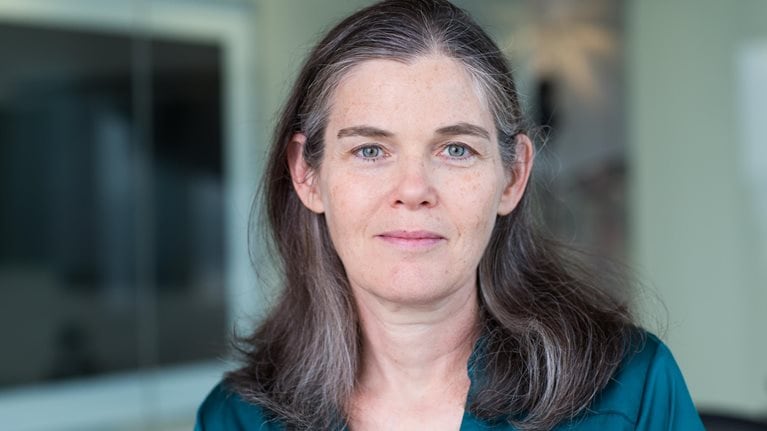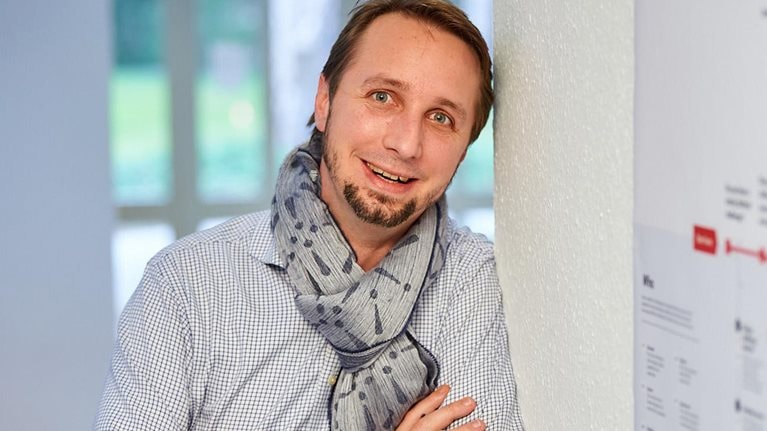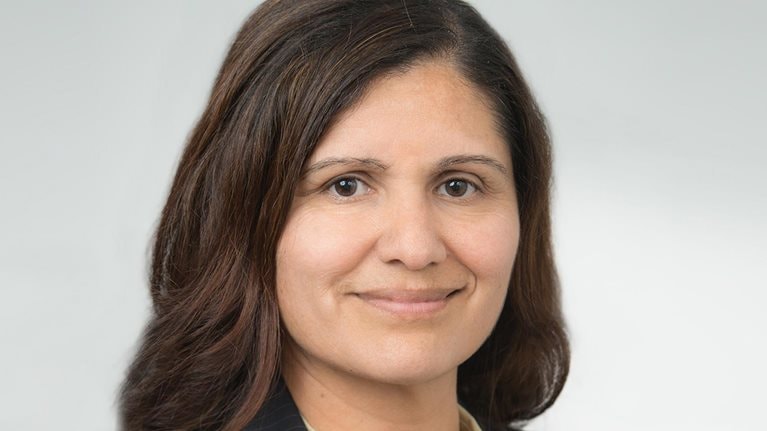As part of its Quantum Jump series, which explores digital transformations in life sciences, McKinsey hosted a virtual fireside chat with Jan Van Ruymbeke in December 2022. Jan is the CEO of Daiichi Sankyo Europe and the head of the company’s EU specialty business unit. He joined Daiichi Sankyo in 2012 and has helped drive growth by focusing on customer needs and creating a customer-centric culture.1
In his conversation with McKinsey associate partner Thomas Devenyns, Jan shares his perspective on the latest digital and analytics (DnA) trends in life sciences, as well as how the adoption of DnA enables his organization to make the best decisions for patients. The following is an edited transcript of their discussion.
McKinsey: Can you discuss the role DnA plays in advancing your company’s business, especially regarding HCP [healthcare professional] engagement?
Jan Van Ruymbeke: My focus has always been on customers, and pursuing DnA came from that customer centricity. The healthcare environment is changing. Information is digitized, and patients want to access it through digital channels and more personalized and tailored communications. We wanted to better engage with HCPs and other customers to ensure they got the experience they wanted.
McKinsey: What role has digital and analytics played in your organization over the past few years?
Jan Van Ruymbeke: We’ve focused on engaging better with HCPs, and we’ve established an analytics center of excellence and a digital innovation lab.
Analytics today plays a big role because once we showed how it could drive engagement, we got organization-wide buy-in. And if we use advanced analytics for omnichannel engagement, delivering the right content to the right person at the right time, that improves earnings and increases market share. So it has really enabled us to move toward data-driven decision making, better predictive modeling, and so forth.
McKinsey: What has changed in the past five years? How is the company different?
Jan Van Ruymbeke: We’ve brought in talent from different industries, with many new capabilities, especially on the data science side. But these people work differently, so we have also embraced a more agile way of working. And that has shown us that good leadership and talent are the critical success factors for adoption and scaling. So it’s really about bringing in the right talent and making sure the talent can thrive in the organization by empowering people. We don’t question what they are doing very much because, in many of these fields, we learn from them. We need to be open-minded as leaders.
McKinsey: In terms of industry understanding, when you bring in talent who don’t necessarily come with a life sciences background, you need good translator capabilities. How did you address that?
Jan Van Ruymbeke: One part of it is having digital translators on the business side. For the digital people to have credibility in the commercial organization, they must understand our business—they cannot come in as data specialists only. So they go to see HCPs to understand their needs and to experience how our business works. We realized we had to put that field experience in place, or people become skeptical about what they bring to the table. It’s challenging for existing team members to accept that, as they often put it, the computer will start telling them what to do. So the existing team needed to see a proof of concept and see that the digital people understood what the company does and what everyone does in the field.
McKinsey: Speaking of AI, which tech trends do you see delivering the most impact in life sciences in the next few years?
Jan Van Ruymbeke: I think advanced connectivity is an underlying trend that will greatly impact everything we do. It can provide real-time monitoring through wearables, which I believe will change the paradigm of how patients with chronic conditions are treated and allow them to stay at home longer. Advanced connectivity will also mean more preventive medicine, and applied AI and industrialized machine learning will significantly impact science. Think of all the different cancer genomes and all the available treatments, for example. AI can analyze those and predict the best treatment options.
Robotics is another promising field. I read recently that robotic surgery for ovarian cancer provides better outcomes than traditional surgery. And because healthcare delivery is changing, how we interact with HCPs has to change, as does the regulatory environment. If machine learning tells you the best treatment option, for instance, where does the liability lie if something goes wrong? Regulations will have to evolve as technology advances. Technology offers many opportunities, but we must constantly adapt to a dynamic environment.
McKinsey: What were some of the critical success factors of the DnA-enabled HCP experience program at Daiichi Sankyo Europe?
Jan Van Ruymbeke: There were a couple. First, the proof of concept—using blueprints and sharing best practices from the pilots—was necessary for showing the tangible benefits of our initiatives. The second success factor was institutionalizing DnA—making sure it was implemented across the organization so that we had a harmonized and flexible approach. Another thing that helped was having guardrails. Agility empowers people by allowing decision making at the lowest levels within certain parameters, or guardrails. All of these helped us scale up.
McKinsey: What kind of DnA leadership profile are you looking for? Often these programs take a year or two to fully implement across the portfolio, and transformations get stuck because of fatigue. How have you avoided or addressed that?
Jan Van Ruymbeke: I think part of it is explaining at every level why we’re adopting DnA. That’s why for me, this was not a digital and analytics process as much as a customer-experience-management process. We were looking not only at omnichannel engagement but also at delivering personalized content, so it was a broader exercise. Analytics is a tool for achieving the best experience for HCPs; we should not limit DnA to technology only.
Then you need proof that the concept works at the HCP level, which we did with the pilots. And again, we brought in people who had completely different views and came from different businesses, and our leaders were willing to embrace them and what they brought. You need to guide them, obviously, in the life sciences setting, but you also need to be willing to learn from them and not believe that all the wisdom is in-house. So opening our minds to talent and letting these people thrive and do their thing has been critical to our success, and not only on the business side.
Our adoption of DnA started with a nucleus of people who believed it would make a difference in the marketplace and who wanted to find the best talent from pharma and other worlds to fulfill their vision. It’s a bit like making a snowman: you start with a small ball of snow, then roll it until it grows.


